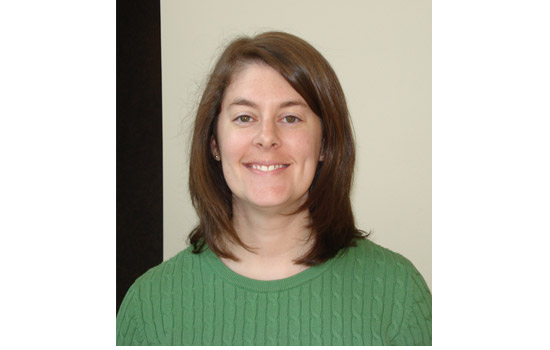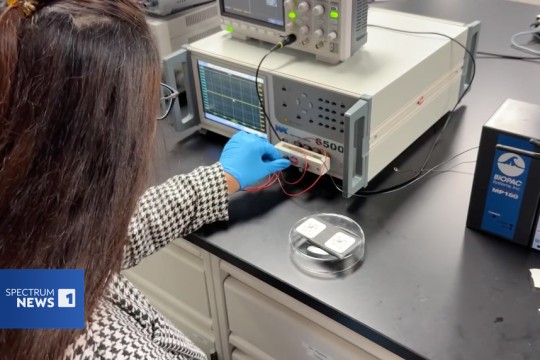Green Garment Cleaning Improves Environment and Human Health
Program seeks to minimize use of toxins in New York state garment cleaning sector
Kate Winnebeck
The New York State Pollution Prevention Institute, housed at Rochester Institute of Technology, has launched the New York State Professional Wet Cleaning Program, which seeks to minimize chemical use in garment cleaning and reduce the health and environmental impacts of the industry.
The program includes a survey of garment cleaning businesses in New York state, multiple demonstration and training sessions and direct technical assistance to businesses in converting dry cleaning operations to more environmentally friendly professional wet cleaning processes. The reduction in chemical use will also reduce clean-up and regulatory costs to businesses and increase competitiveness within the sector.
“This initiative fits perfectly with the mission of the Pollution Prevention Institute—to help businesses become greener by finding new ways do things—while at the same time improving productivity,” says Pete Grannis, commissioner of the New York State Department of Environmental Conservation, which sponsors the institute.
Kate Winnebeck, wet cleaning program manager at the Pollution Prevention Institute, adds that the dry cleaning industry is an important source of jobs and economic development and provides a necessary service to society.
“However, the garment cleaning process traditionally uses a number of environmentally sensitive chemicals, most notably perchloroethylene or perc,” Winnebeck continues. “Professional wet cleaning uses water as the cleaning solvent, creating a greener process, while also using less water and energy than conventional dry cleaning.”
Based on data provided by the New York State Environmental Facilities Corporation, the state’s garment cleaners use more than 130,000 gallons of perc annually resulting in the emission of over 115 metric tons of the chemical into the atmosphere each year.
The RIT team is currently surveying garment cleaning businesses to identify the distribution of alternative solvents and the industry’s attitude towards them in order to understand the gaps and barriers dry cleaners currently face in New York state. The survey will be used to develop outreach and educational materials on wet cleaning for both the garment cleaning industry and its consumers. Researchers will also work with individual businesses to convert operations to wet cleaning, providing data comparisons on quality, energy use and cost of the two processes.
“The Pollution Prevention Institute was created by New York state to assist industry in increasing environmental quality, while also enhancing overall productivity and efficiency,” says institute director Anahita Williamson. “The Professional Wet Cleaning Program seeks to reduce the use of toxics and improve human health while still providing the industry with the technical assistance and tools necessary to remain competitive and profitable.”













